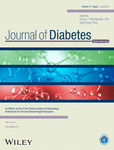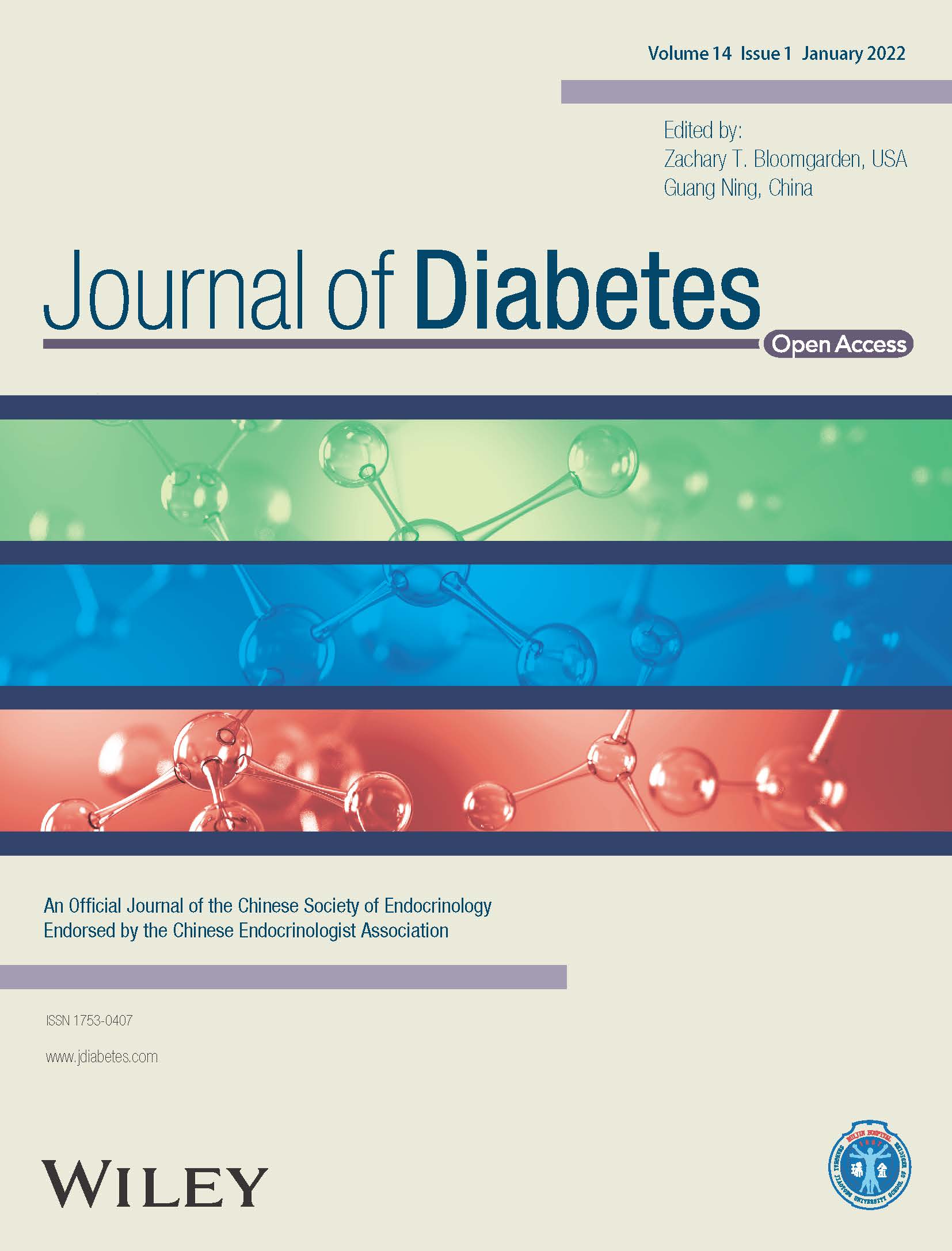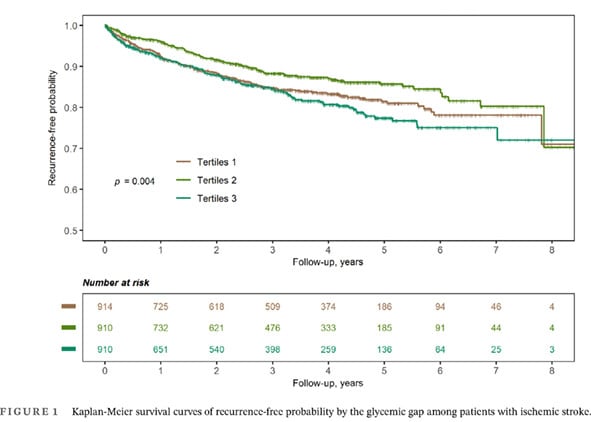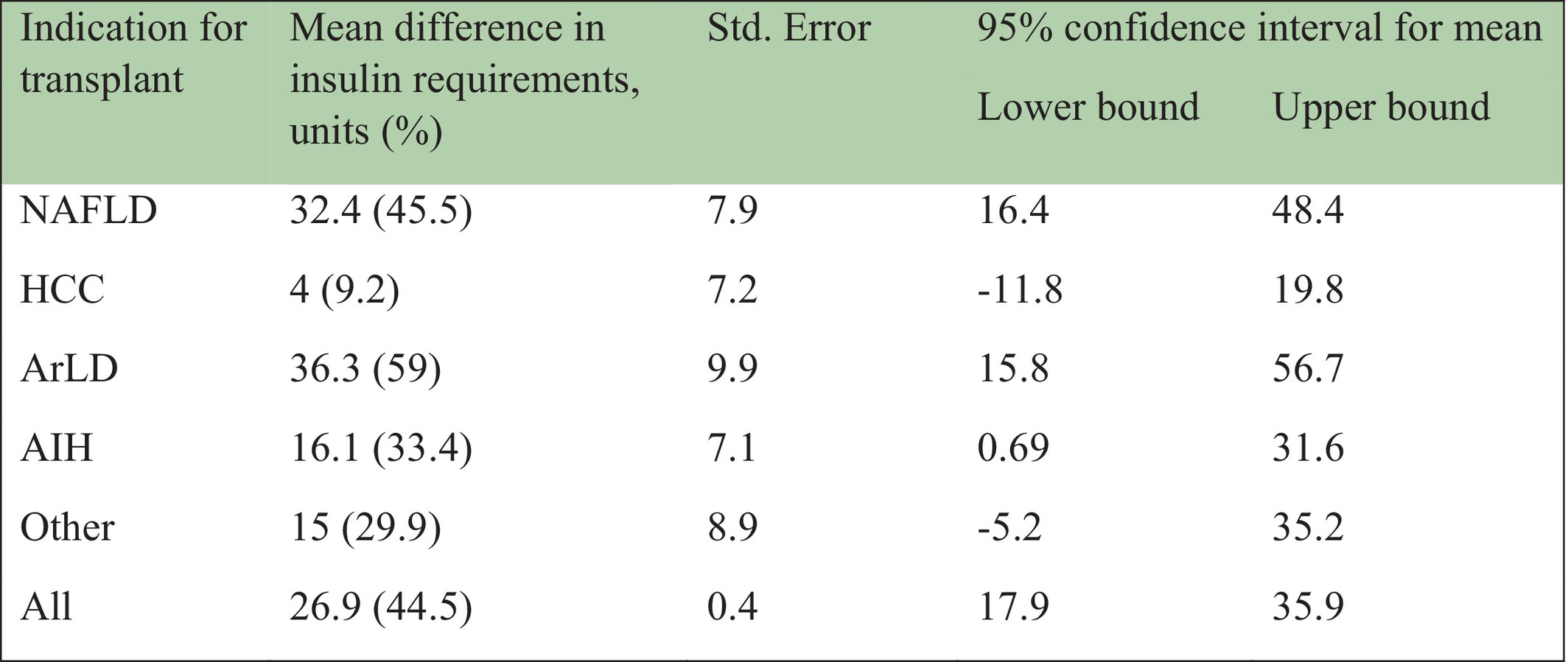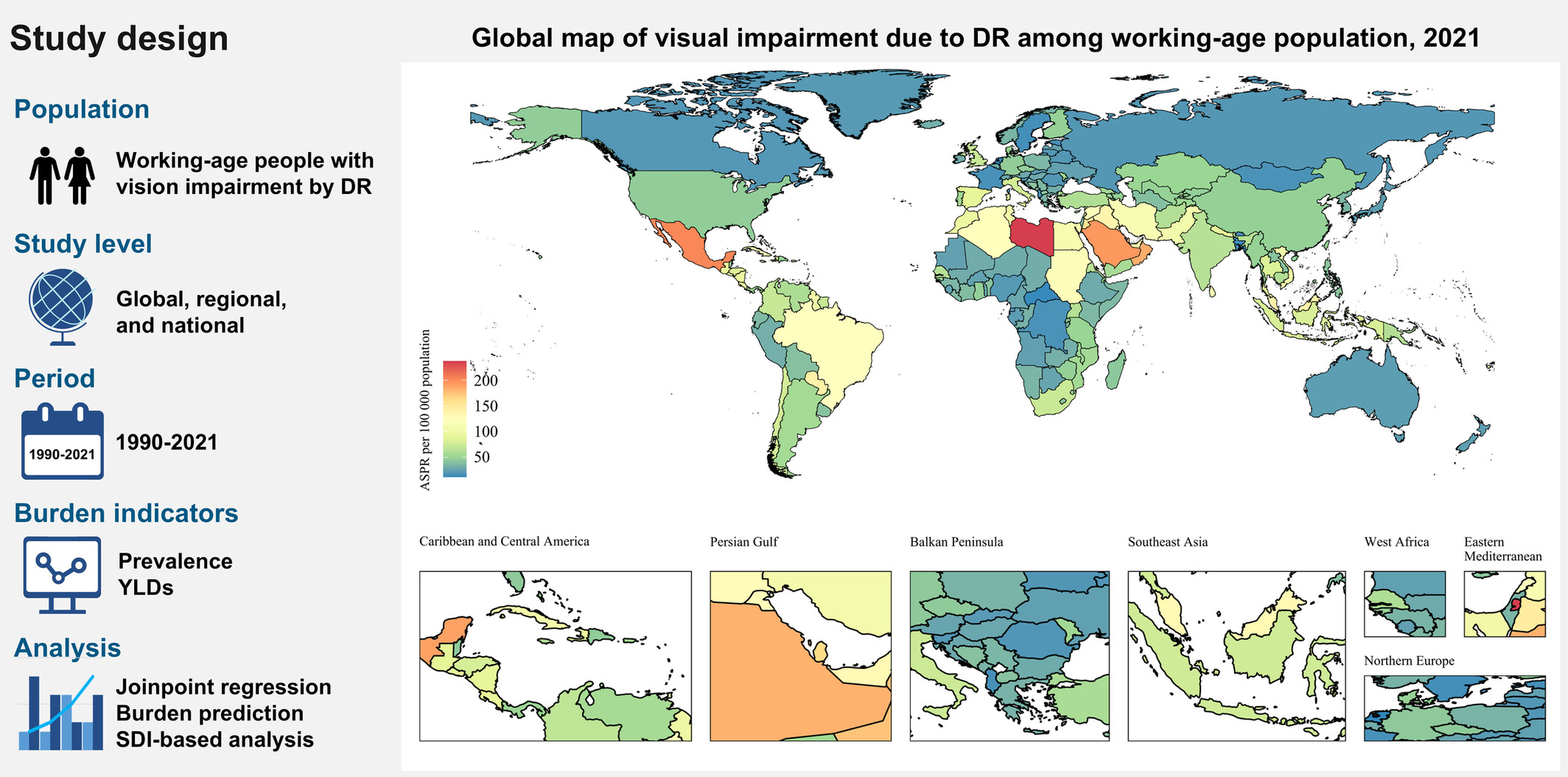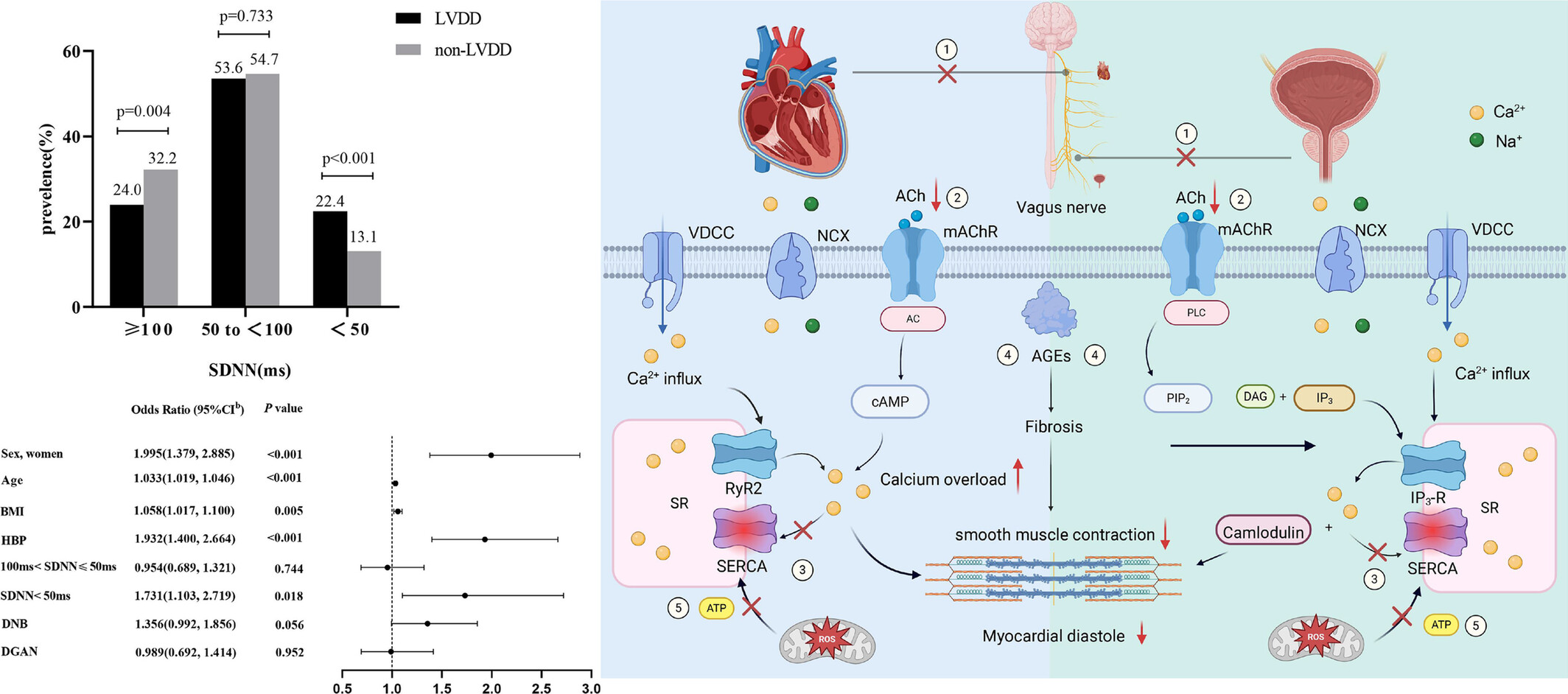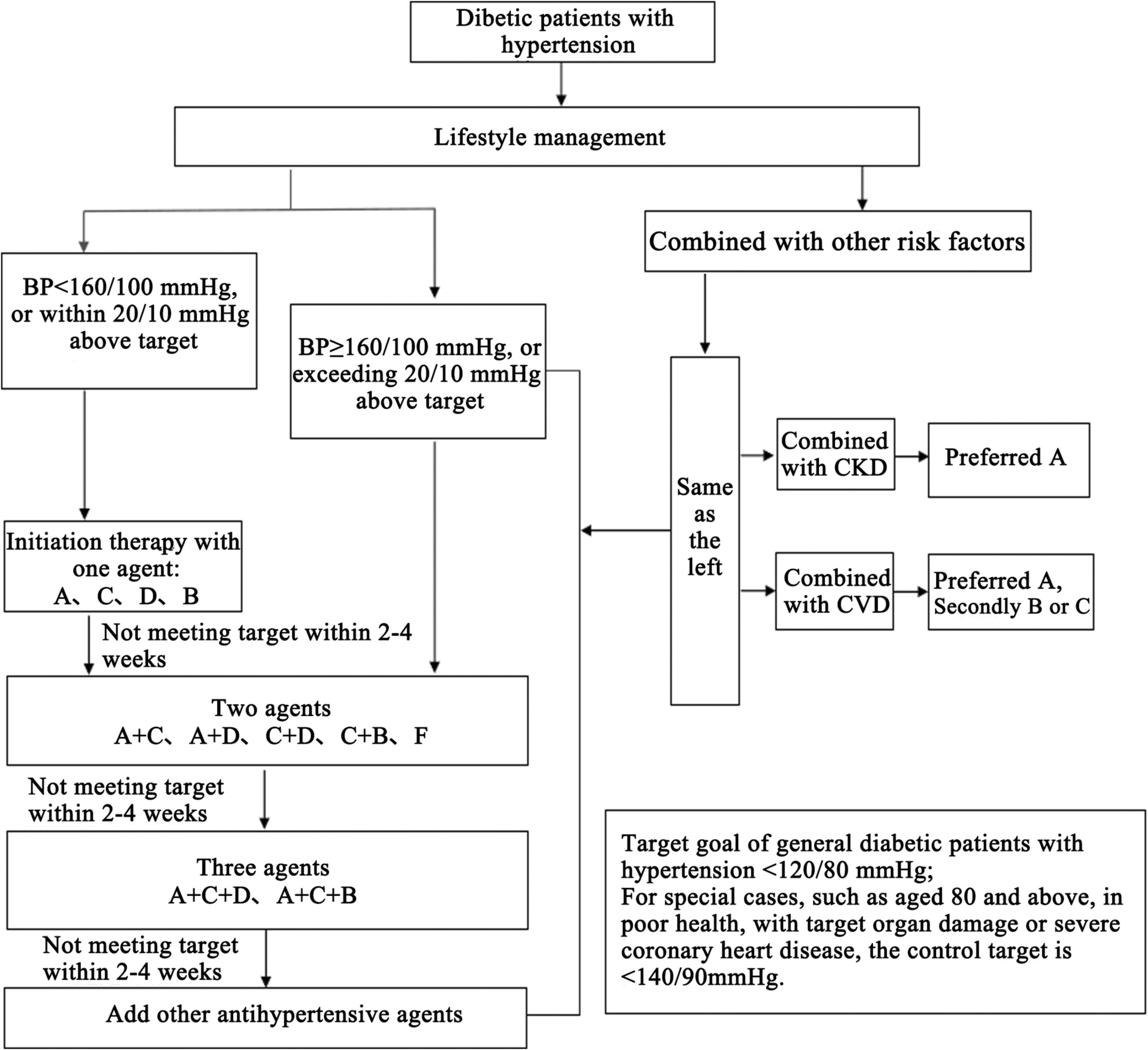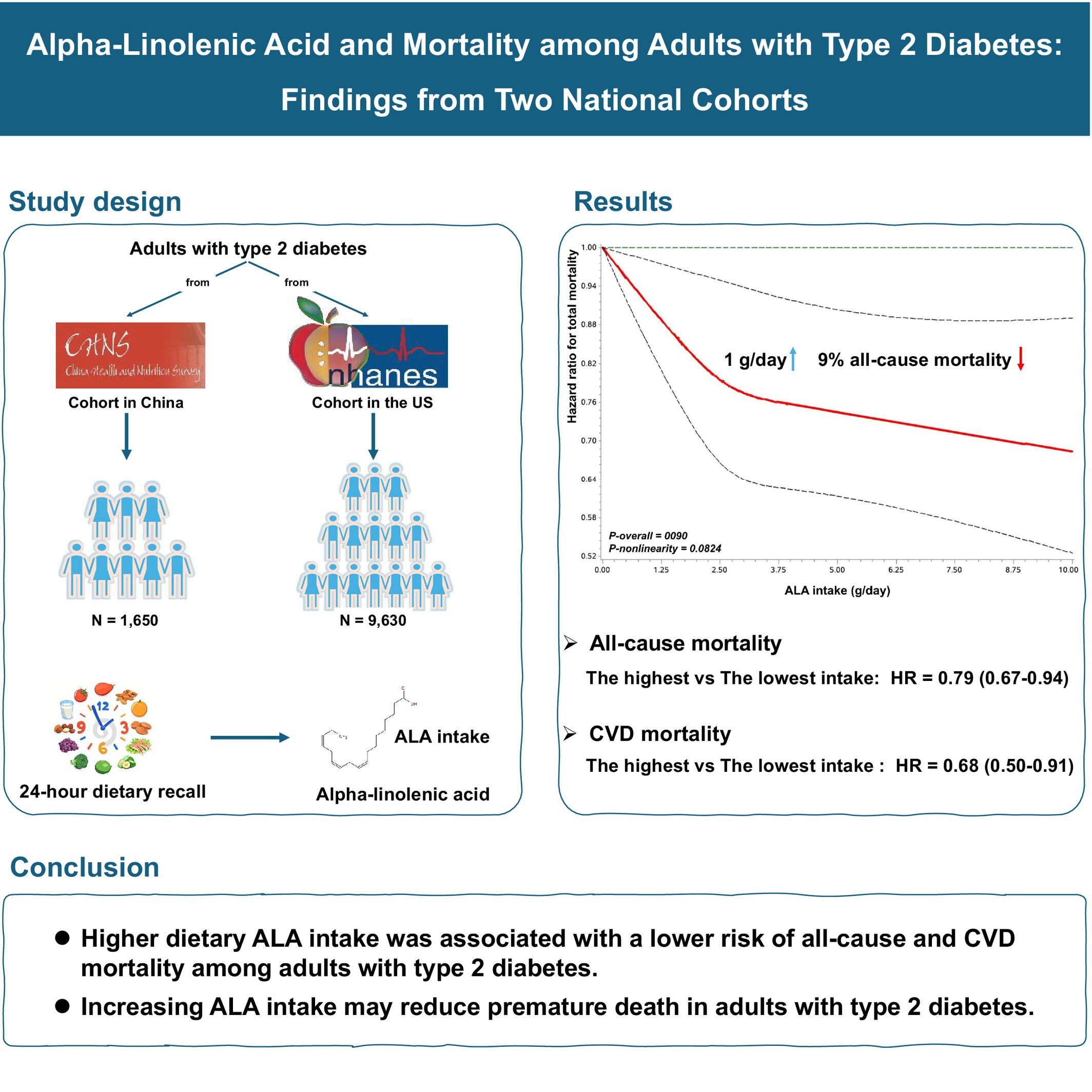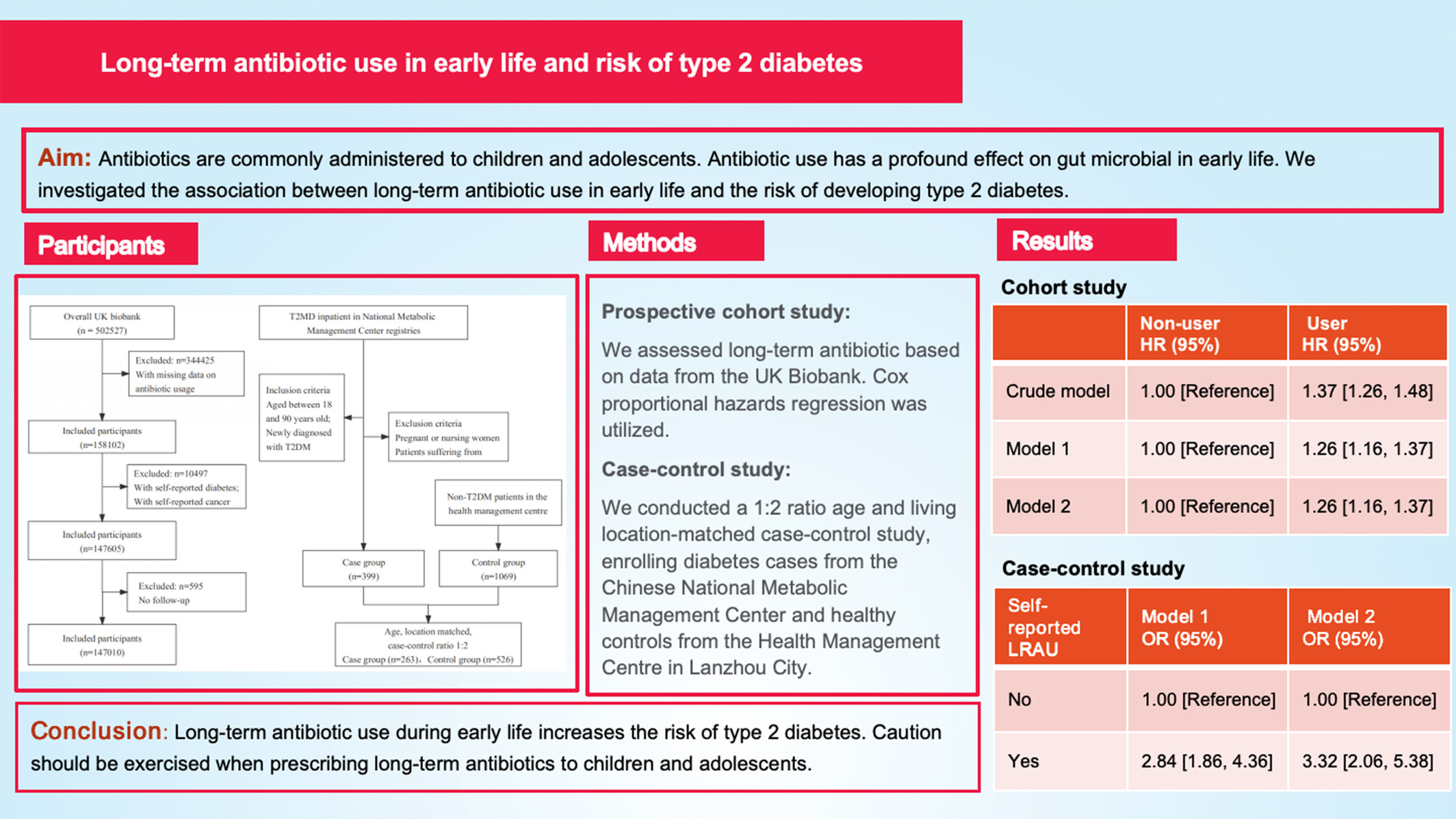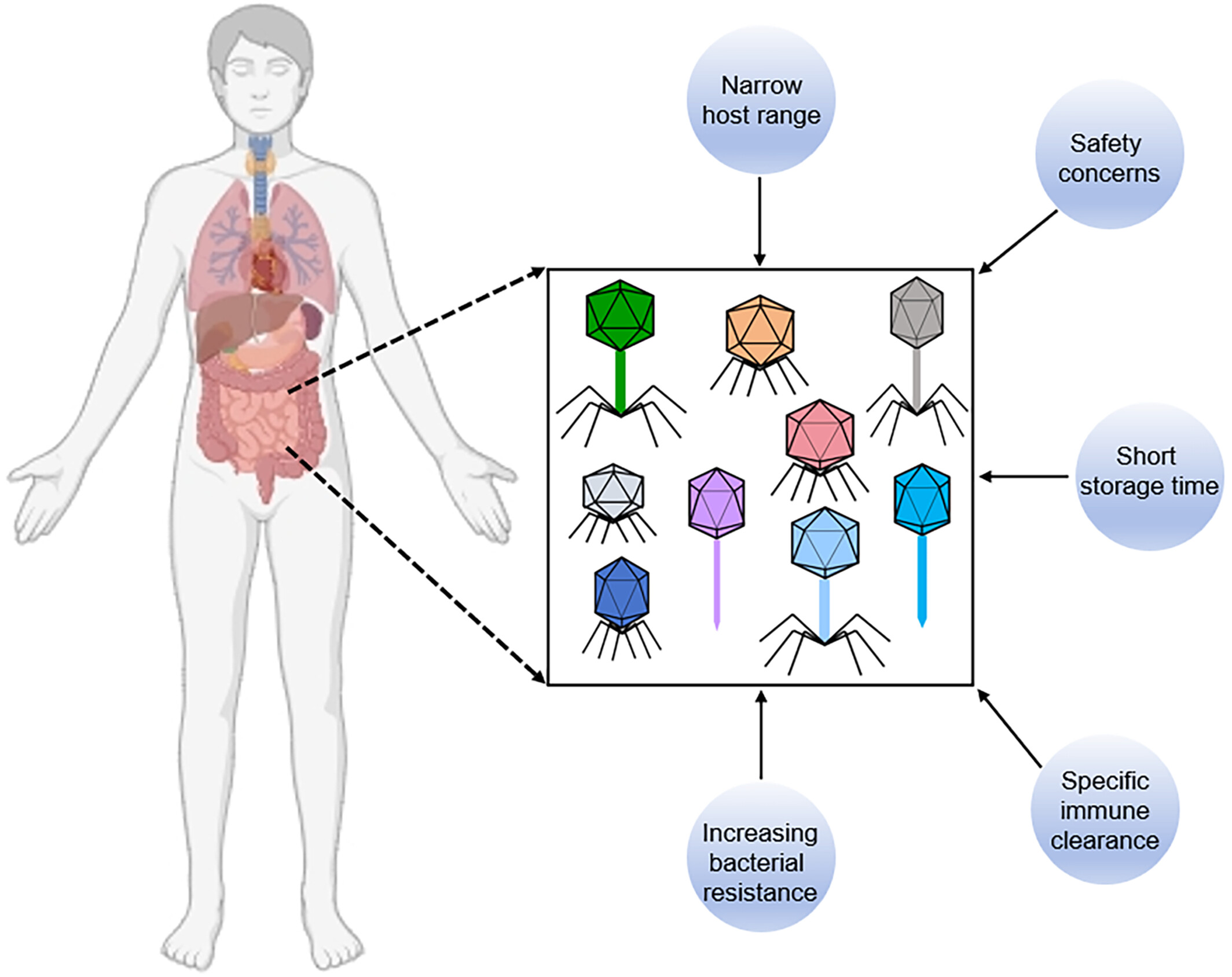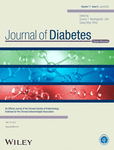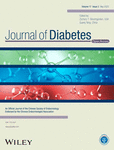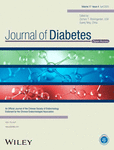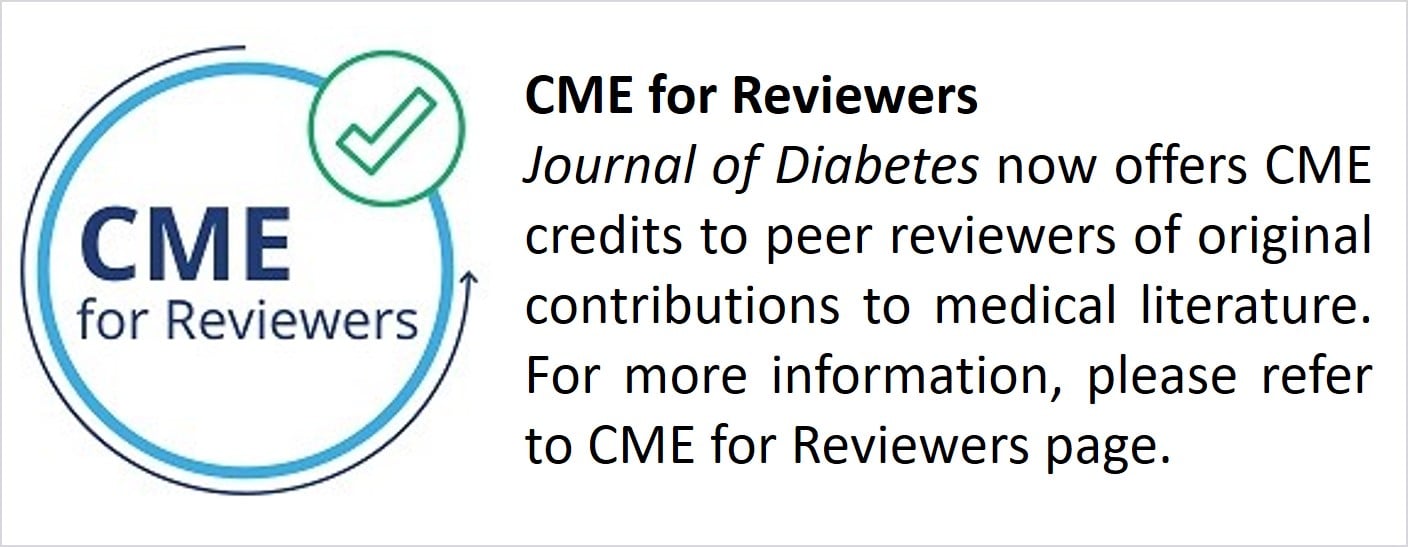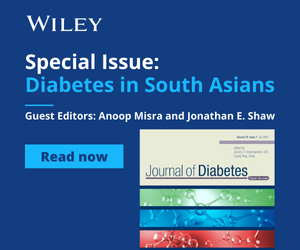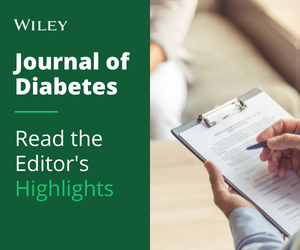Edited By: Zachary T. Bloomgarden and Guang Ning
Journal of Diabetes (JDB) is an open access diabetes and metabolism journal devoted to diabetes research, therapeutics, and education. The journal aims to involve researchers and practitioners in a dialogue between East and West via all aspects of epidemiology, etiology, pathogenesis, management, complications and prevention of diabetes, including the molecular, biochemical, and physiological aspects of diabetes. JDB is an official journal of the Chinese Society of Endocrinology endorsed by the Chinese Endocrinologist Association.
Journal Metrics
- 5.5CiteScore
- 3.7Journal Impact Factor
- 9%Acceptance rate
- 9 days Submission to first decision

Articles
Insulin Resistance in Type 1 Diabetes: Concepts and Implications for Therapy
- 18 July 2025
The Effect of Liver Transplantation on Anti‐Glycaemic Agents in Patients With Pre‐Existing Diabetes Mellitus: A Population‐Based Cohort Study
- 15 July 2025
Global, Regional, and National Epidemiology of Vision Impairment due to Diabetic Retinopathy Among Working‐Age Population, 1990–2021
- 14 July 2025
Association of Different Types of Diabetic Autonomic Neuropathy With Left Ventricular Diastolic Dysfunction in Patients With Type 2 Diabetes: A Cross‐Sectional Study
- 14 July 2025
Characterization of Novel WFS1 Variants in Three Diabetes Pedigrees
- 10 July 2025
Graphical Abstract
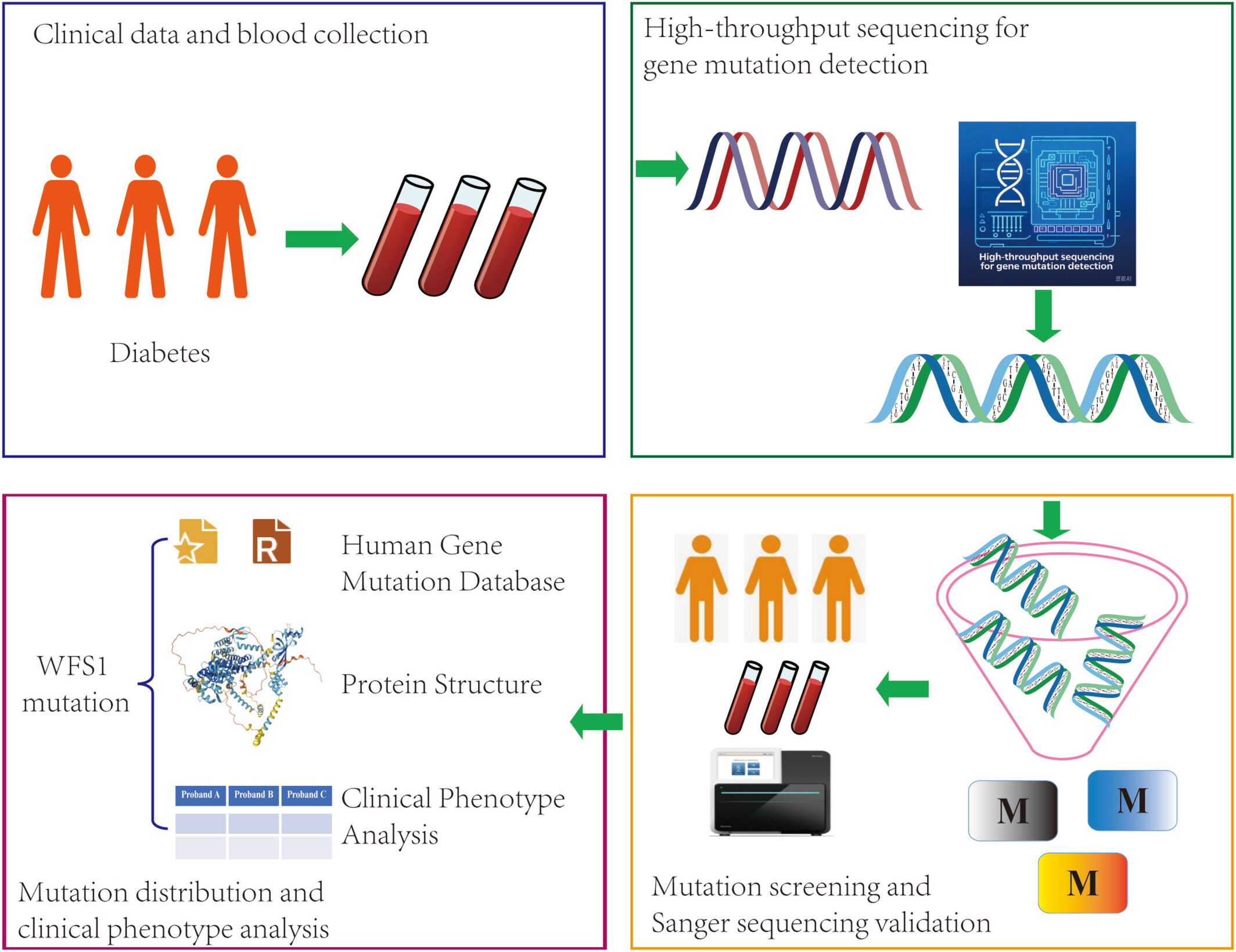
We first collected the patients with diabetes, including the clinical data and blood. Then the high-throughput sequencing platform was used to detected gene mutation using blood samples. After screening the possible mutation sites, we collected blood from the patient's family members and performed Sanger sequencing for verification. And we analyzed their pathogenicity and conservation using bioinformatics software, and constructed a three-dimensional Wolfram protein structure. Finally, we analyzed the distribution of WFS1 mutations and associated clinical phenotypes by summarizing the genetic variations of the WFS1 gene recorded in the Human Gene Mutation Database. We got results as follows: (1) c.1523_ 1524 del/p Y508Cfs*34 is a frameshift mutation, c.766A>G/p. K256E and c.985T>A/p. F329I are missense mutations. (2) c.766A>G/p. K256E is a benign and novel mutation, while the rest are pathogenic mutations. (3) c.985T>A/p. F329I can cause MODY in a family. (4) Phenotype and clinical presentations diverse in patients with WFS1-associated disease. (5) The proportion of WFS1 mutations corresponding to different clinical phenotypes were highest in missense mutations, mainly distributed in exon 8. We concluded that c.766A>G/p.K256E is a new WFS1 mutation that has never been reported before, and that inactivating mutations and benign missense mutations lead to more severe WS phenotypes than pure pathogenic missense mutations. We also verified that c.985T>A/p. F329I as a MODY-related gene. Finally, by summarizing the genotype–phenotype relationship of WFS1, we concluded that the clinical manifestations of WFS1 mutation-related disease are diverse and require accurate differential diagnosis based on laboratory tests and genetic sequencing.
Healthy Sleep Behaviors Reduce the Risk of Microvascular and Cardiovascular Complications in Patients With Type 2 Diabetes and Are Associated With Potential Serum Biomarkers: A UK Biobank Observational Cohort Study
- 29 June 2025
Management Guidelines for Diabetic Patients With Hypertension
- 22 June 2025
Alpha‐Linolenic Acid and Mortality Among Adults With Type 2 Diabetes: Findings From Two National Cohorts
- 22 June 2025
Potential Significance of Targeting Ferroptosis for Intervention of Diabetic Cardiomyopathy
- 19 June 2025
Graphical Abstract
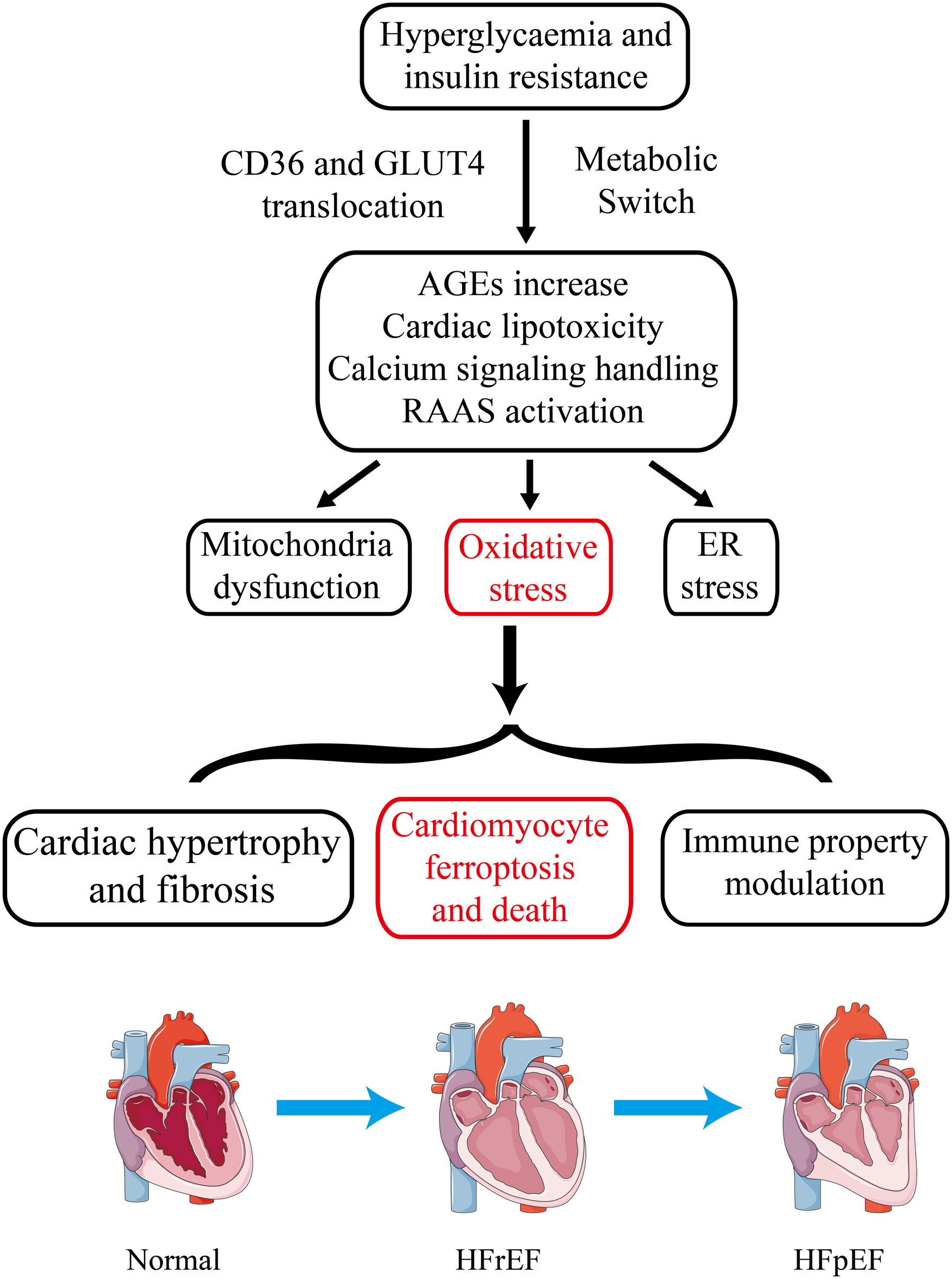
The pathophysiology of DCM encompasses insulin resistance and hyperglycemia-induced metabolic alterations in cardiomyocytes, mitochondrial dysfunction and oxidative stress, cardiac lipotoxicity, dysregulation of immune responses, endoplasmic reticulum (ER) stress, impaired calcium handling, and activation of the renin-angiotensin-aldosterone system (RAAS). Oxidative stress results in cardiomyocyte hypertrophy, myocardial fibrosis, cardiomyocyte ferroptosis and immune property modulation and ultimately lead to HFpEF. Ferroptosis inhibitors hold great promise as therapeutic agents for the intervention of DCM.
Long‐Term or Recurrent Antibiotic Use in Early Life and the Risk of Type 2 Diabetes: A Population‐Based Prospective Cohort and a Case–Control Study
- 18 June 2025
Overview of oxidative stress and inflammation in diabetes
- Journal of Diabetes
- 22 October 2024
Graphical Abstract
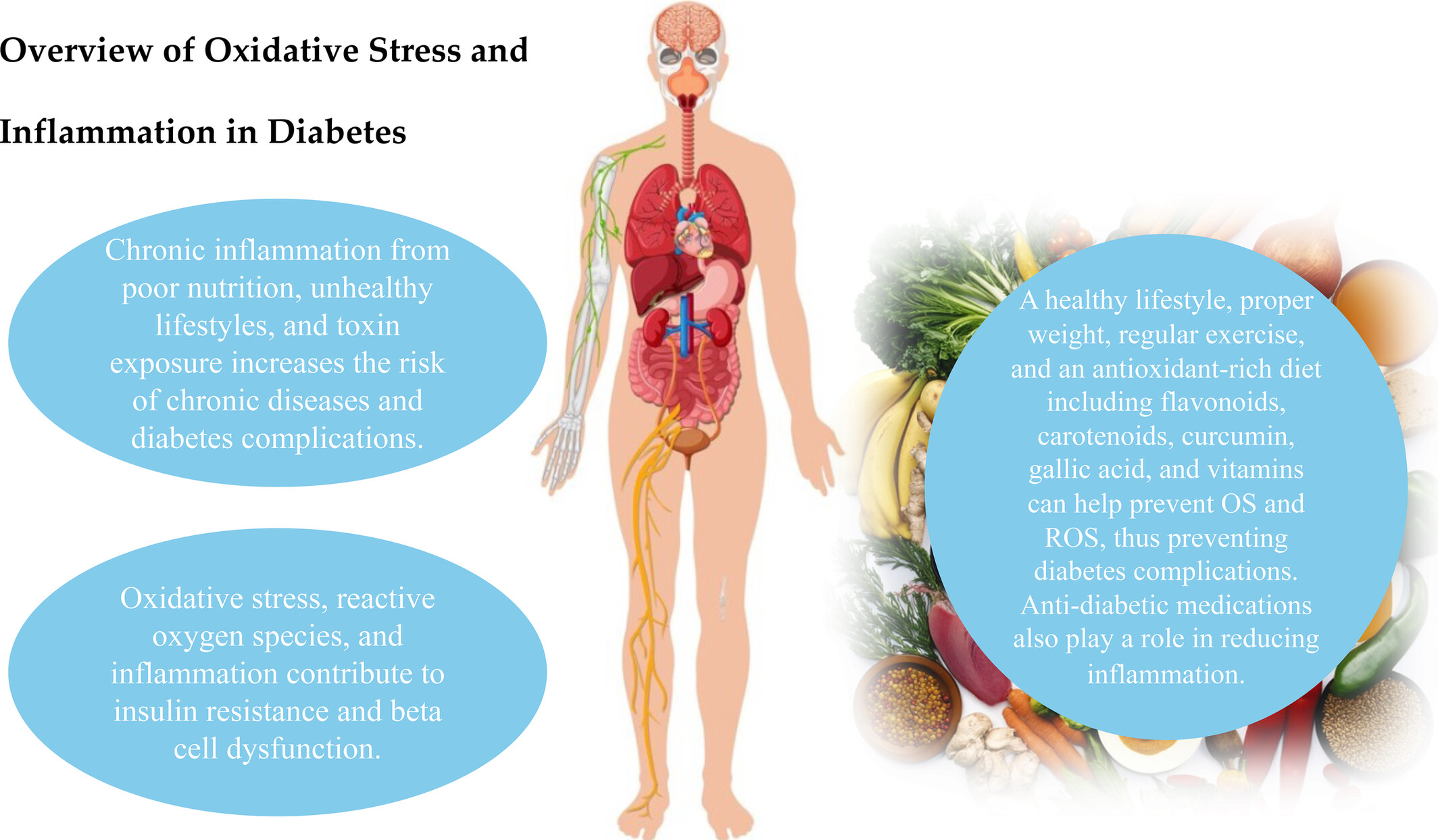
Highlights
National burden and risk factors of diabetes mellitus in China from 1990 to 2021: Results from the Global Burden of Disease study 2021
- Journal of Diabetes
- 7 October 2024
Graphical Abstract
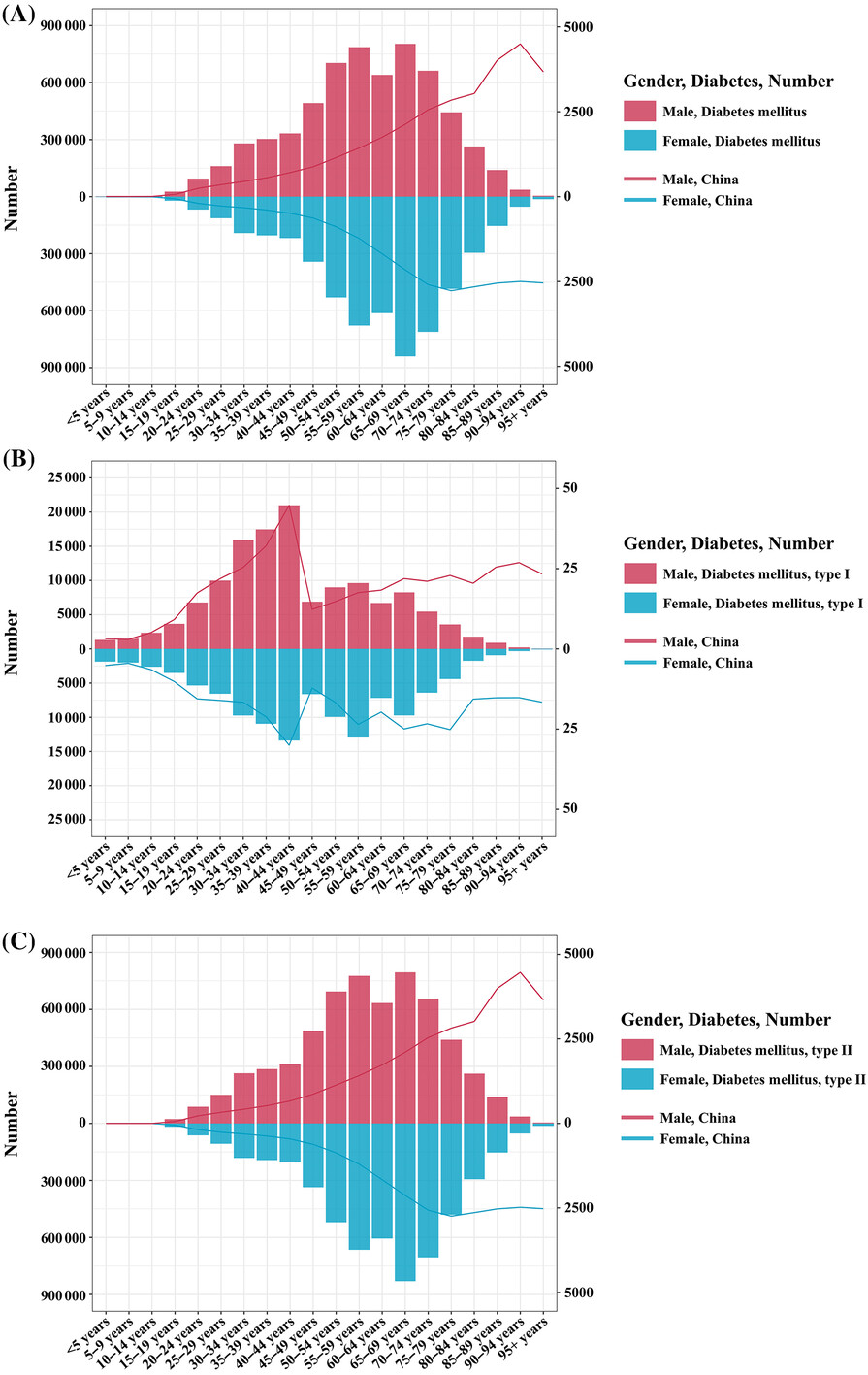
Highlights
Association between estimated glucose disposal rate control level and stroke incidence in middle‐aged and elderly adults
- Journal of Diabetes
- 13 August 2024
Graphical Abstract
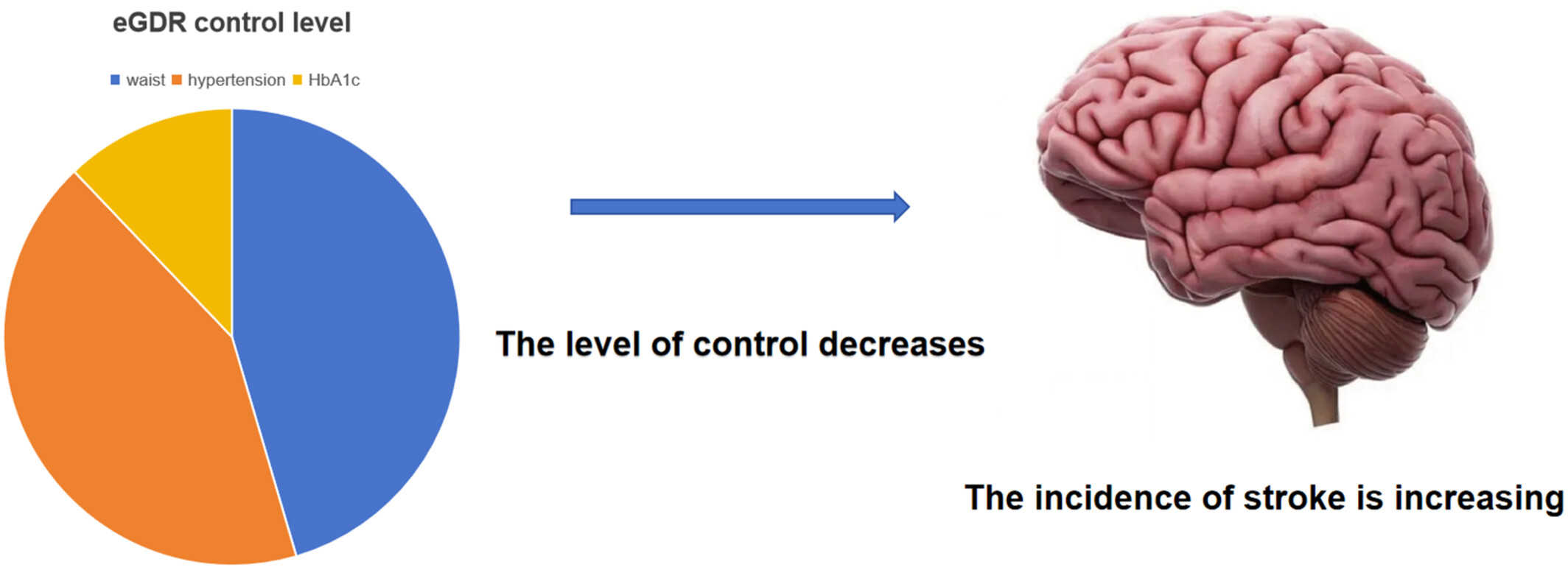
Highlights
Prevalence and influencing factors of malnutrition in diabetic patients: A systematic review and meta‐analysis
- Journal of Diabetes
- 4 October 2024
Graphical Abstract
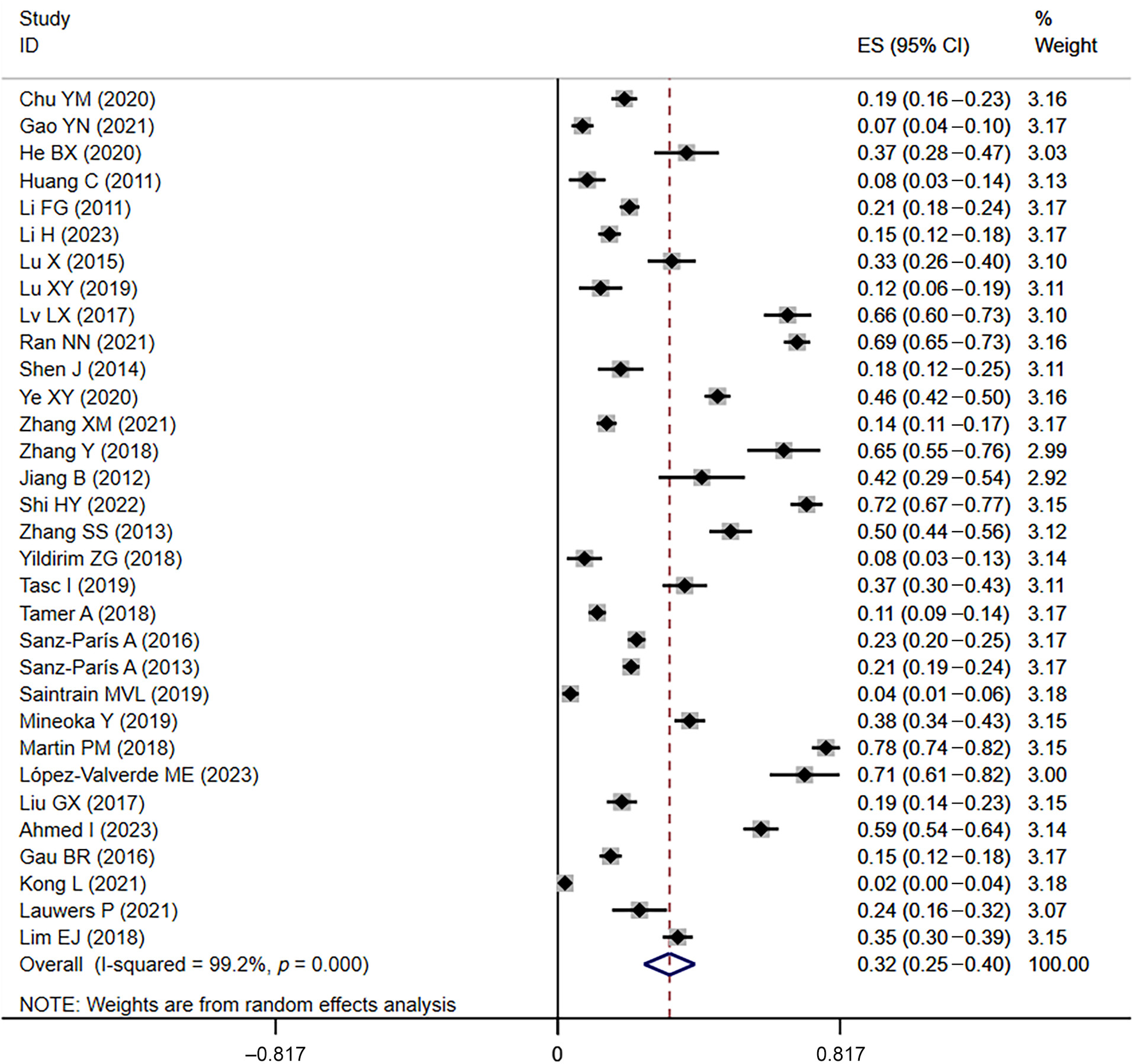
Highlights
Diabetic neuropathy: A NRF2 disease?
- Journal of Diabetes
- 29 December 2023
Graphical Abstract
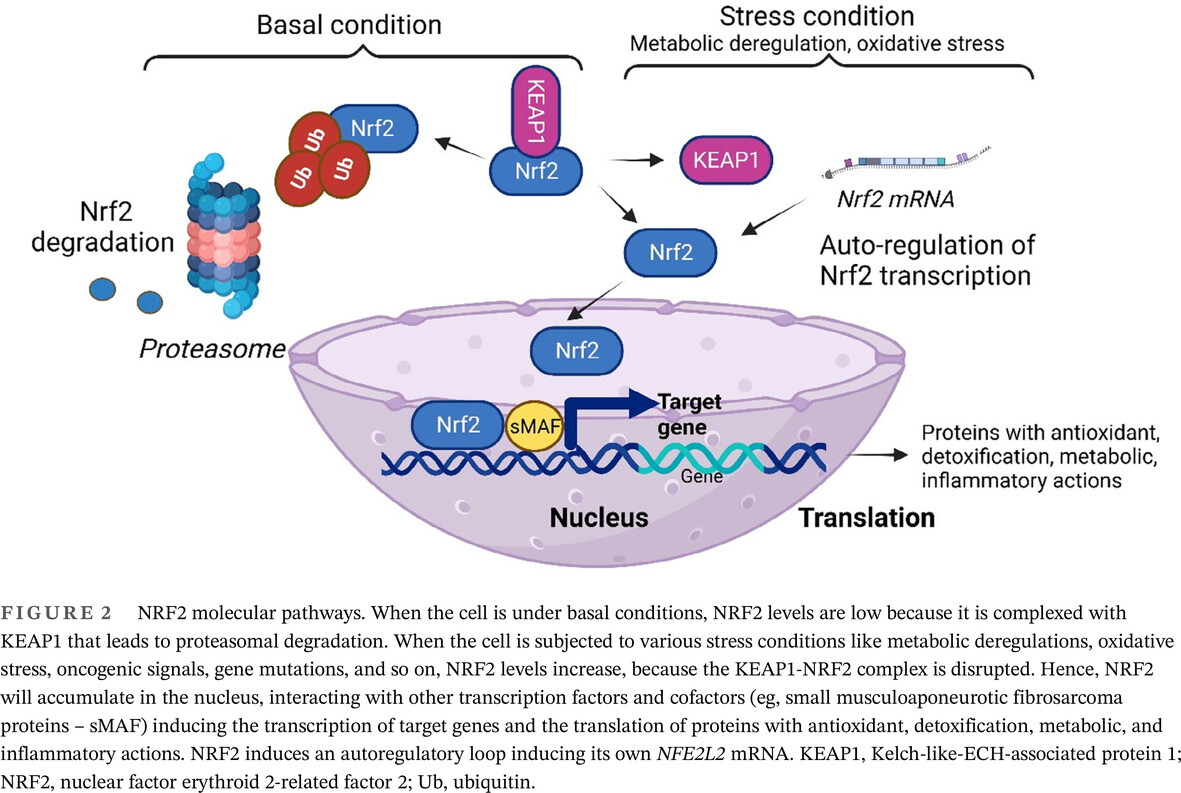
Highlights
Association between red cell distribution width/serum albumin ratio and diabetic kidney disease
- Journal of Diabetes
- 26 June 2024
Graphical Abstract
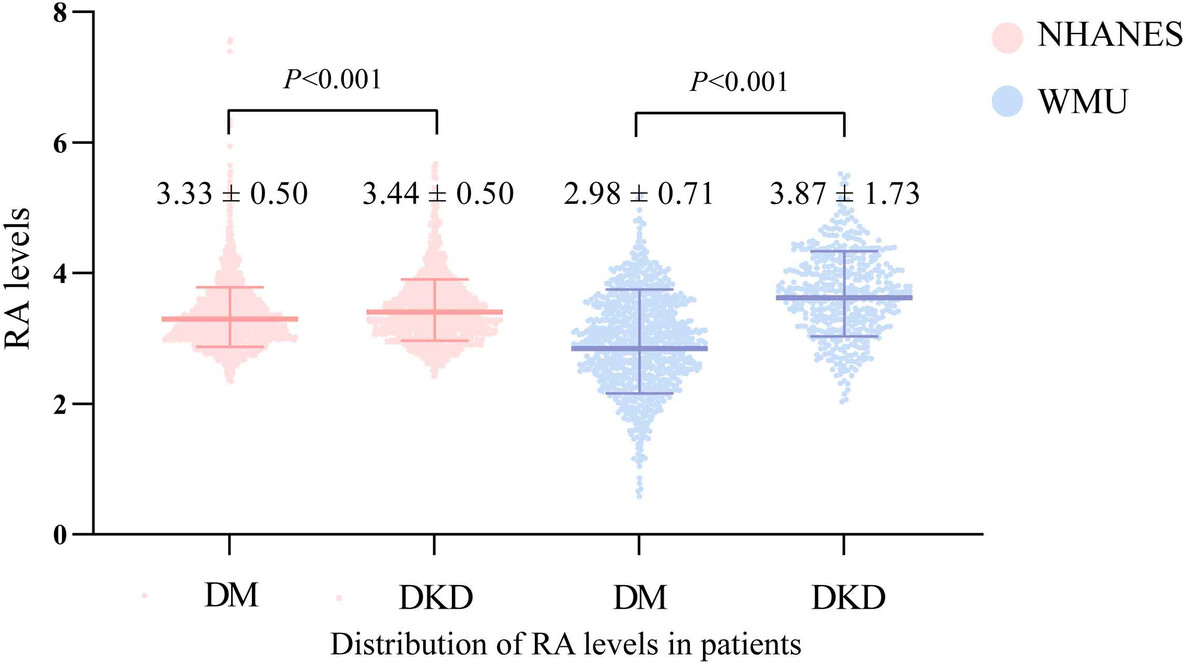
Highlights
Temporal associations of diabetes-related complications with health-related quality of life decrements in Chinese patients with type 2 diabetes: A prospective study among 19 322 adults—Joint Asia Diabetes Evaluation (JADE) register (2007–2018)
- Journal of Diabetes
- 20 November 2023
Graphical Abstract
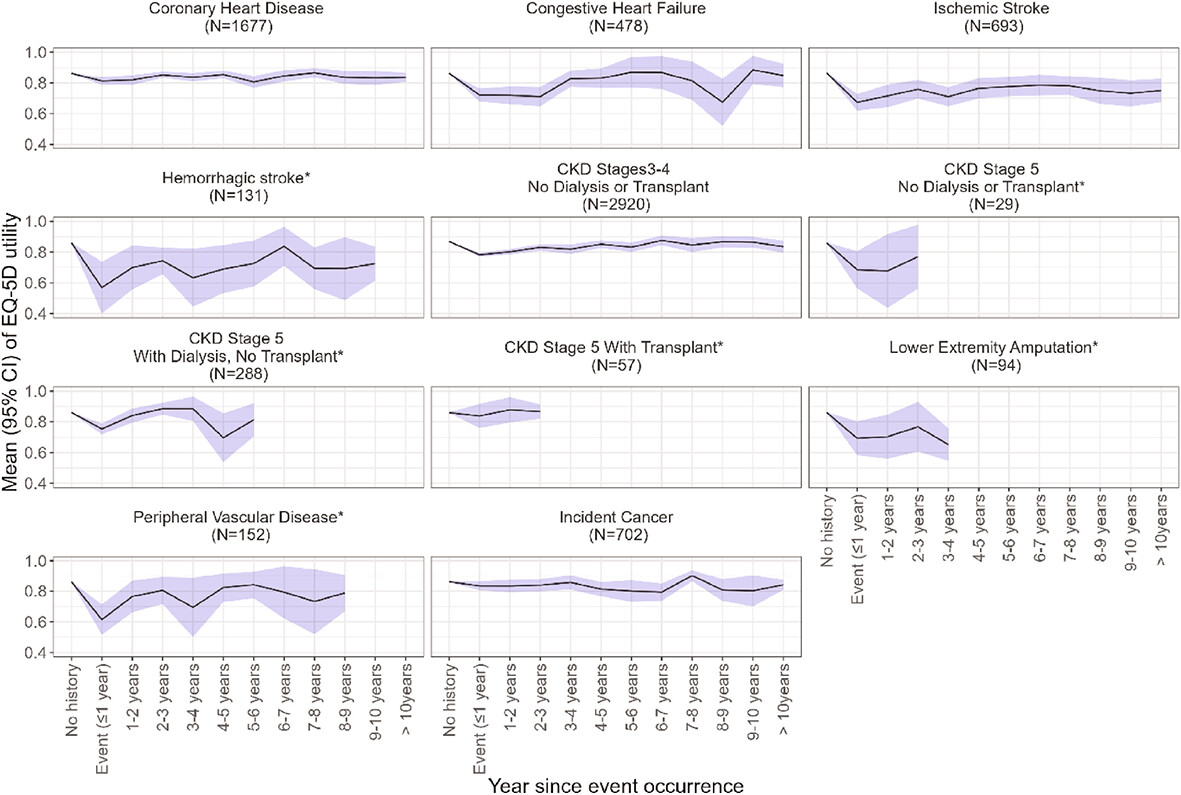
Highlights
Association between the skeletal muscle mass to visceral fat area ratio and metabolic dysfunction-associated fatty liver disease: A cross-sectional study of NHANES 2017–2018
- Journal of Diabetes
- 16 May 2024
Graphical Abstract
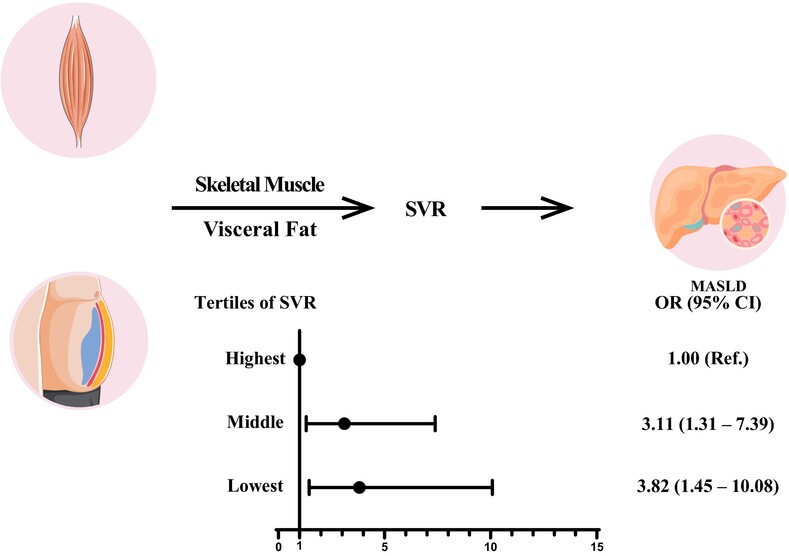
Highlights
The rising prevalence of type 2 diabetes among the youth in southern India—An ancillary analysis of the Secular TRends in DiabEtes in India (STRiDE-I) study
- Journal of Diabetes
- 26 June 2024
Graphical Abstract
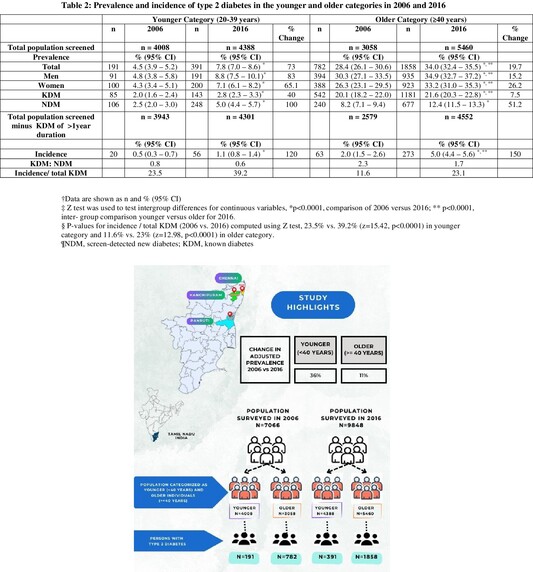
Highlights
Bacteriophages and their potential for treatment of metabolic diseases
- Journal of Diabetes
- 25 November 2024
Recent issues
- Volume 17, Issue 7July 2025
- Volume 17, Issue 6June 2025
- Volume 17, Issue 5May 2025
- Volume 17, Issue 4April 2025



